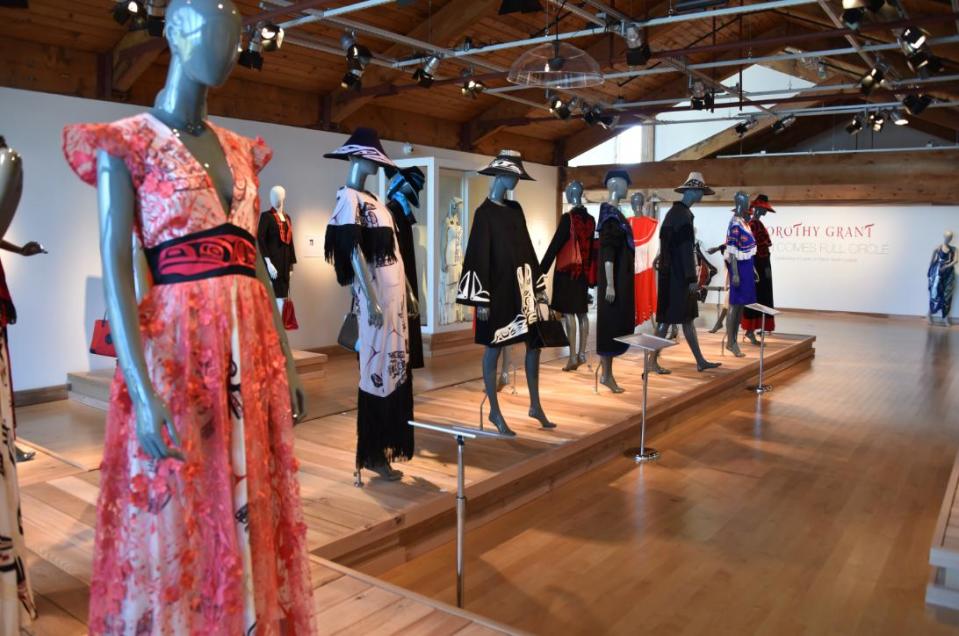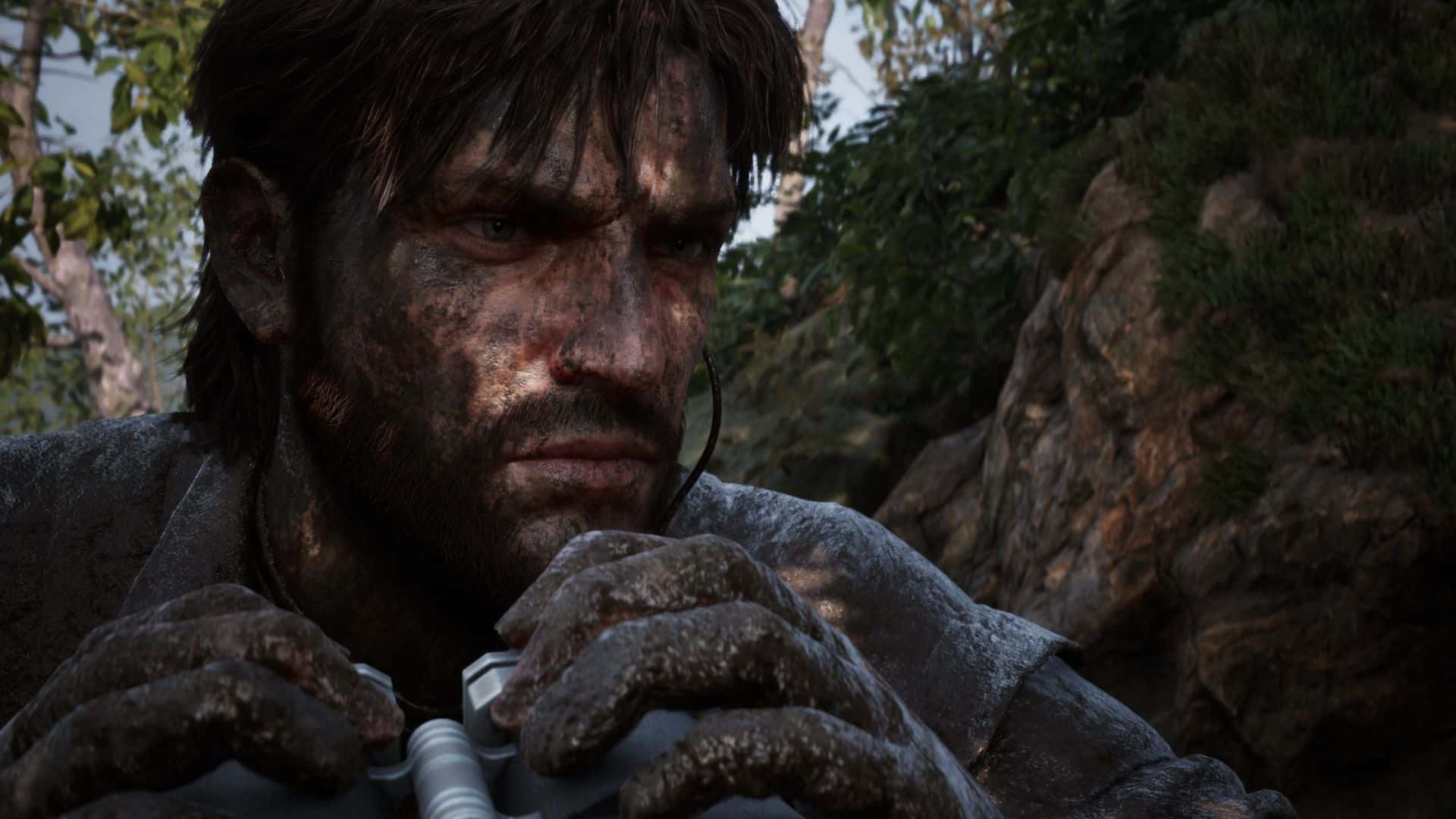Fashion
Fashion designer brings work back to Haida roots in new exhibit

When Dorothy Grant entered the fashion world in 1988, she did not fit easily into any of the established categories.
She was one of the first Indigenous fashion designers in the industry, making her stand out from many others as she combined traditional Haida ceremonial dress with contemporary style.
“Mainstream fashion didn’t know what to do with me. The art world didn’t know what to do with me,” Grant said, adding that only the Haida people appreciated her work.
But when museums began to purchase her work in 1991, it signalled something significant to the Haida designer — a change in the industry’s relationship with Indigenous artistry that has since grown.
Grant’s work has since reached audiences worldwide. It’s studied in post-secondary institutions across North America and is featured in 15 museum collections across Canada, the U.S. and the U.K.
Her latest exhibit, Raven Comes Full Circle at the Haida Gwaii Museum in Skidegate, B.C., reflects the portfolio of her work over the last 40 years — but, she says, also something to leave behind as a historical record and inspiration for other Indigenous fashion designers.
The exhibition features over 40 pieces of Grant’s work, ranging from her early work as a spruce-root weaver and button-robe maker to recent haut couture designs from runway shows.

The exhibition features over 40 pieces of Grant’s work, ranging from her early work as a spruce-root weaver and button-robe maker to recent clothing designs from runway shows. (Roberta Aiken)
Grant was born into the Raven Clan in Hydaburg, Alaska, and now resides in Tsawwassen, B.C.
She began to sew at 13 for her younger sisters. Grant learned from her maternal grandmother, Haida Elder Florence Edenshaw Davidson, how to sew.
It took five years for Grant to learn the exact craft of weaving traditional headwear and baskets from spruce roots.
Working with people from Haida Gwaii is a point of pride for this exhibit, Grant said.
The exhibit installer, Kwiaahwah Jones, is also the trade show assistant and has worked in Grant’s stores for almost 10 years.
“[Jones] knew every garment. They all wore white gloves and were all just happy. They were all singing as they were dressing the mannequins and placing them — they were proud,” Grant said. “They were happy to be a part of it.”
Self-empowering fashion
Museum curator and executive director Nika Collison said she wanted to highlight Grant’s work because it’s made significant contributions to the fashion industry.
It also holds a personal connection for Collison, she said.
After Collison’s wedding, she said her aunt gave her a black and white kimono designed by Grant to wear on the canoe with her husband.
She said she felt an immediate transformation — of self-respect and empowerment — when she put it on.
“[Grant’s] goal is self-empowerment, that people feel good and strong, and can do what they need to do well in the world,” Collison said.
“I hope people can take away the valuable contributions Indigenous people make to all facets [of work],” she said about the exhibition. “But really, it’s a celebration of Haida art, fashion and design over millennia.”
‘Controlling the narrative’
Grant will also be releasing An Endless Thread, a book discussing her life and a photographic journal that showcases her work, on Oct. 1.
The book focuses on her techniques, including the meaning and reasons behind particular garments. Grant also wanted to focus on a young audience.
She also created the book with education in mind because there’s not enough information online about her work, Grant said.
In the meantime, Grant is continuing to design clothing and is currently making hats for her small online business.
“I’m controlling the narrative about who I am and what I leave behind as my legacy, and for Indigenous youth,” she said.
Raven Comes Full Circle will run at the Haida Gwaii Museum until Dec. 21.









